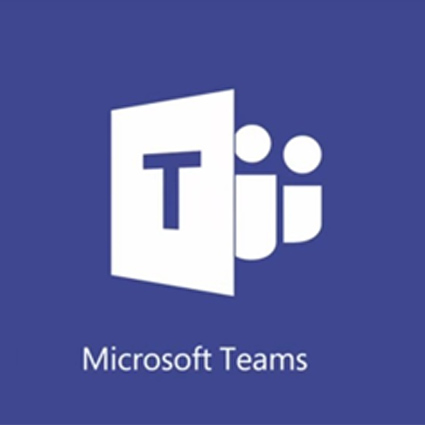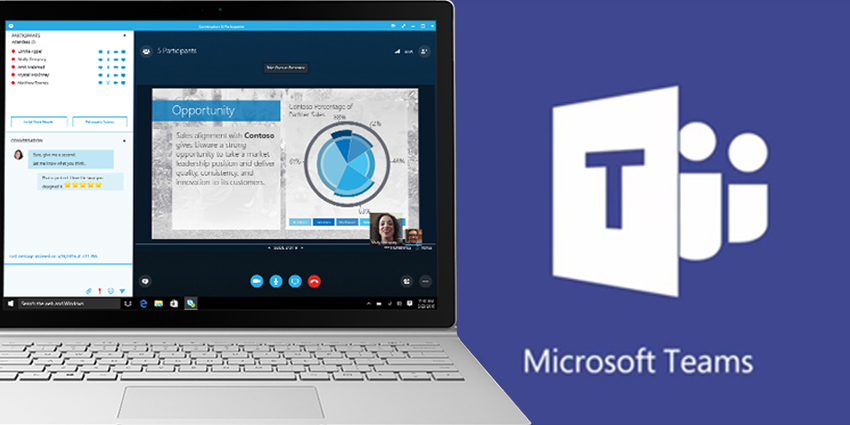‘Directions on Microsoft’, an independent consultancy company, recently offered guidance into the Skype for Business transition into Microsoft Teams that was announced by the tech giant earlier this year.
The shift from Skype into Teams could mean some significant changes for businesses around the world, particularly if they’re using the Skype for Business Server to power their data centres with on-premises installations. Jim Gaynor, a Vice President for research into enterprise infrastructure with Directions on Microsoft recently provided some insights for concerned customers on what the years ahead might hold.
Making the Transition into Teams
The first thing to note about Microsoft Teams is that there will be no on-premises version available for customers. This means that Microsoft Teams Office 365 capabilities will eventually diverge away from certain solutions that can only be offered on-premises.
By placing all of their focus on Teams integration, Microsoft will be using a newer infrastructure for video and voice, shared with the consumer version of Skype. The Microsoft Teams infrastructure will also expand to include new capabilities on par with those offered by Skype for Business Online. Ultimately, the aim is to achieve a complete feature parity before 2019, according to Gaynor.
However, Microsoft will continue to support the Skype for Business hybrid voice service, but features from that solution will be deferred in favour of a more simplistic PSTN connection model designed for Teams. The evidence suggests that the Skype for Business Online service will be around until about 2020.
What We Can Expect from the Years Ahead
 According to the announcements given by Microsoft, current Skype for Business solutions should continue to work until at least the end of October in 2020. However, customers are encouraged to start re-thinking their Skype for Business solutions now and considering how they can make the move to Teams as smooth as possible. Ultimately, if you’re thinking of starting any major projects for transition, then you should probably wait until Skype has moved into Teams if you want to avoid another new integration.
According to the announcements given by Microsoft, current Skype for Business solutions should continue to work until at least the end of October in 2020. However, customers are encouraged to start re-thinking their Skype for Business solutions now and considering how they can make the move to Teams as smooth as possible. Ultimately, if you’re thinking of starting any major projects for transition, then you should probably wait until Skype has moved into Teams if you want to avoid another new integration.
Additionally, On-Premises Skype for Business customers has been advised to keep their environments as current as possible to simplify later upgrades. Microsoft will need to bring various technology solutions together by the middle of next year to make the move to Teams a simpler process, but there’s a good chance that they won’t be able to stick to their schedule. It seems more likely that 2020 will be the year of transition for on-premises Skype for Business customers, and Office 365 clients.
The Microsoft Roadmap
The Directions on Microsoft team are basing their predictions for Skype for Business and Teams on statements released by Microsoft, along with consultations that have been held with the company. The roadmap suggests that in early 2018, Microsoft Teams will add unified presence solutions, chat interoperation, contact groups, Skype for Business interoperation with persistent chat, federated chat with Skype for Business, and messaging policies.
By the time we’re halfway through 2018, we should have support for advanced telephony and meetings, with features such as:
- eDiscovery enhancements
- Calls between Teams and Skype consumer services
- Hybrid Teams connections
- Auto Attendant and Call Queues
- Delegation Support
- Whiteboards, PowerPoint, and Skype Room System support
- Broadcast meetings and large meeting room support
The Skype for Business Server 2019 should arrive in the middle of 2018 too, and it will be based on the Skype for Business Online Codebase. Its arrival will extend “Mainstream” support through to 2023, and the server will support the core features of the 2015 version while including hybrid functionality and management to ensure an on-ramp to Office 365.
To find out more, you can check out some of the supporting materials published by Microsoft on the move from Skype for Business to Teams.







